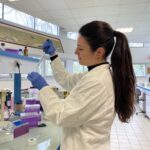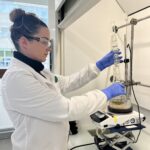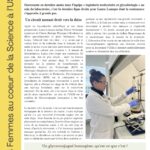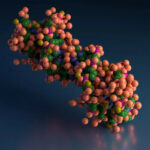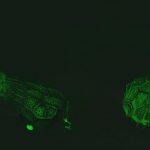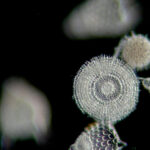Accueil
L'unité en quelques chiffres clés :
|
Créé en 2022 |
82 membres |
5 équipes de recherche |
271 publications (2015-2024) |
43 soutenances de thèse (2015-2024) |
Les équipes :
Publications récentes :
Genomic sequences and annotations of two Pseudomonas species isolated from marine and terrestrial habitats Article de journal
Dans: Microbiol Resour Announc ., vol. -, iss. -, no. -, p. e0037324, 2024.
H3K27me3 and EZH Are Involved in the Control of the Heat-Stress-Elicited Morphological Changes in Diatoms Article de journal
Dans: Int. J. Mol. Sci., vol. 25, iss. 15, p. 8373, 2024.
Multivalent inhibition of the fumigatus KDNase Article de journal
Dans: Org Biomol Chem, vol. 22, no. 28, p. 5783–5789, 2024, ISSN: 1477-0539.
Structure Revision of a Widespread Marine Sulfonolipid Class Based on Isolation and Total Synthesis Article de journal
Dans: Angew Chem Int Ed Engl, vol. 63, no. 23, p. e202401195, 2024, ISSN: 1521-3773.
Why are osteoporosis patients treated with antiresorptive therapies considered like oncology patients regarding their oral health care? Article de journal
Dans: Osteoporosis International, 2024, ISSN: 1433-2965.

